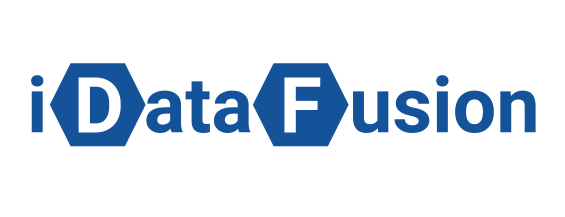NEWS
May 17, 2023
Enhancements to the Google Analytics 4 Audience Builder for Improved Audience Creation.
Introduction
There have been significant improvements to the Google Analytics 4 audience builder, providing marketers with enhanced flexibility and control when creating audiences. This update introduces new dimensions and metrics, offers improved options for event value and event count control, and introduces the ability to match between two dates. These updates bridge the gap between the audience builder in Google Analytics 4 and its predecessor, Universal Analytics, ensuring a more seamless experience for marketers.

Technology illustrations by Storyset
Expanded Options with New Dimensions and Metrics
Google Analytics 4 has introduced new dimensions and metrics to its audience builder, enabling marketers to create audiences with enhanced precision. This update brings the Google Analytics 4 audience builder on par with the Universal Analytics audience builder, eliminating significant disparities in audience creation capabilities.
The audience builder now includes additional dimensions and metrics:
The audience builder now includes additional dimensions and metrics:
Item-scoped dimensions
- Item ID
- Item affiliation
- Item brand
- Item category
- Item category 2
- Item category 3
- Item category 4
- Item list name
- Item name
- Item promotion ID
- Item variant
Item-scoped ecommerce metrics
- Item revenue
- Items added to cart
- Items checked out
- Items purchased
- Items viewed in list
Event-scoped ecommerce metrics
- Item-list click events
Session-based metrics
- Low engagement sessions
Low engagement sessions
A new metric called "low engagement sessions" which helps identify users who show minimal engagement with your website or app has been introduced. By creating an audience based on this metric, such as users with more than three low engagement sessions in the last five days, you can target them with specific advertising campaigns to encourage their return. For instance, retailers can use this audience to promote upcoming sales or events through tailored ad copy.

Low engagement sessions in GA4
Event value can now be used independently
Event value can now be used independently without being tied to a specific event. This means you can create audiences based on any event with a value greater than 50, without specifying a particular event. For instance, you can build an audience of users who have engaged in any event with a value exceeding 50, allowing for more flexibility in audience segmentation and targeting.

Event value in GA4 can now be used independently
Full set of operators for event count
New operators have been introduced to enhance audience building using the event count metric. Previously, only greater than (>), less than (<), and equals to (=) were available, limited to "the most recent time period" selection.
Now, the full range of operators, including the ones listed below, is available for both "at any point in time" and "most recent time period" selections.
Now, the full range of operators, including the ones listed below, is available for both "at any point in time" and "most recent time period" selections.
- Greater than or equal to (>=)
- Less than or equal to (<=)
- Not equal to (!=)

Full set of operators for event count in GA4
Match between dates
Introducing "between match types" for dates, allowing you to build audiences based on a specific range. For instance, you can create an audience of users who visited your website during Black Friday and target them with ads leading up to the following year's Black Friday. The start and end dates are included in the match, meaning a range from November 24 to November 26 would include all three days: the 24th, 25th, and 26th.

Match between dates in GA4
CASE STUDIES
CONTACT US
Drop us a note and we'll get back to you within a day
